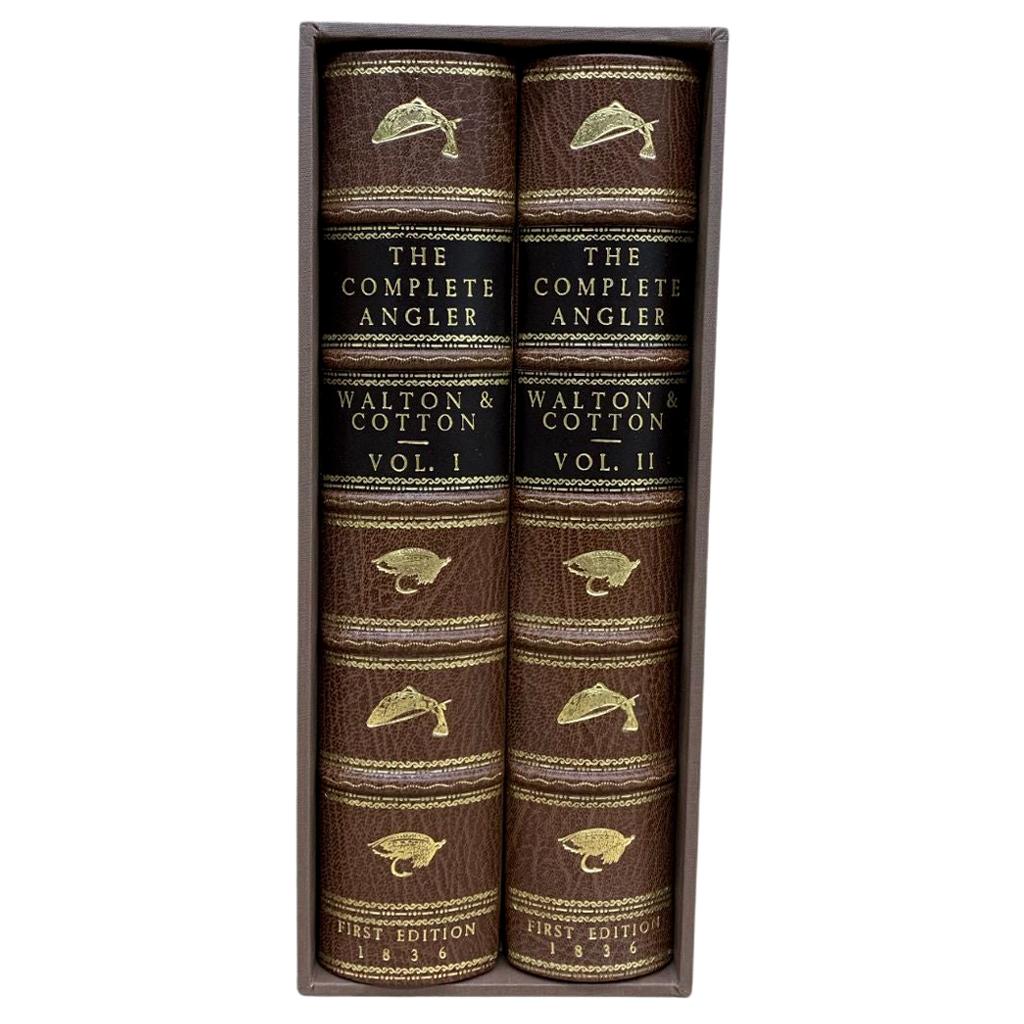

that is considered to be the precursor to Aesop's Fables. Collected together for the first ever in-depth exploration of Walton Ford's oeuvre, Ford's bestiary takes its name from one of the texts he frequently cites in his work: The Pancha Tantra, the ancient Indian bookof animal folktales collected from the 3rd to 5th centuries B.C. The book includes 12 horizontal and 4 vertical foldouts, along with dozens of details, which present the work at a scale that practically allows the viewer to enter the ancient and peopled landscapes, feel the brush of a bird's feathers against flesh, and experience the hot breath of a wild cat about to go for the jugular. For this hand crafted, limited-edition volume, Ford's paintings have been color-separated and reproduced in Pan4C, the finest reproduction technique available today, providing unequalled intensity and color range. With titles like Au Revoir Zaire, Dirty Dick Burton's Aide de Camp, and Space Monkey, his paintings not only blur the lines between human and animal history, but also open the doors to a world of real-life fantasy, dreams, and nightmares. Executed with the deft skill of a natural history artist, Ford's works vibrate with an intensity of uncanny familiarity they are both reassuring in style and disturbing in content. Something strange and usually sinister is happening in each of Ford's works, whether it's a turkey crushing a small parrot with its claw, a collection of monkeys wreaking havoc on a formally set dinner table, or a buffalo surrounded by a pack of bloodied white wolves- in the middle of a proper French garden. With titles like "New Tricks for Ancient Wings," "Necropolis," and "Space Monkey", his paintings open the doors to a world of real-life fantasy, dreams, and nightmares - all with a stunning candor that almost belies the artist's intentions.This sumptuous book - replete with reproductions including 16 foldouts - provides an in-depth exploration of Walton Ford's oeuvre.Art Edition is an edition of 1000 copies, numbered and signed by the artist.Natural selection Audubon-on-Viagra - New York magazine, New York Walton Ford's life-sized watercolors of animals could be mistaken for 19th-century natural-science illustrations or British colonial paintings.

Painted with the deft technique of a technical artist, Ford's works vibrate with an intensity of uncanny familiarity they are both reassuring in style and disturbing in content. Though buffalo, lions, monkeys, snakes, and other such beasts populate his work, it's birds - in their reptilian primitiveness - that Ford is most attracted to. Something strange and usually sinister is happening in each of Ford's works, whether it's a wild turkey stomping on a small bird or a rabid-looking swarm of passenger pigeons ravaging a tree limb. Walton Ford's watercolors of animals could be mistaken for 19th century natural science illustrations or British colonial paintings.Įxcept they're not.


 0 kommentar(er)
0 kommentar(er)
